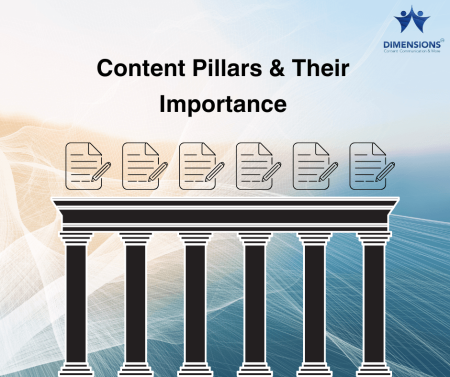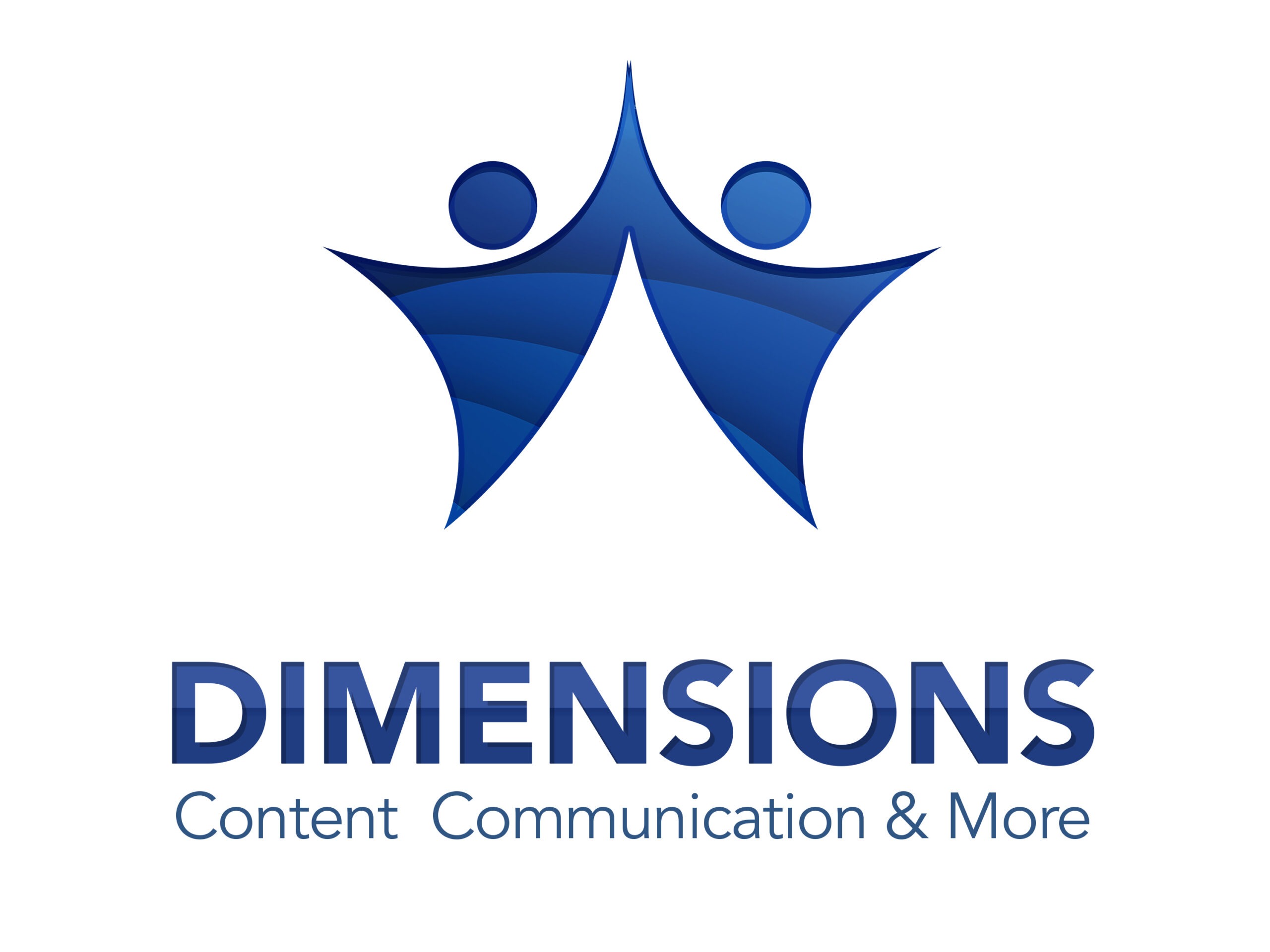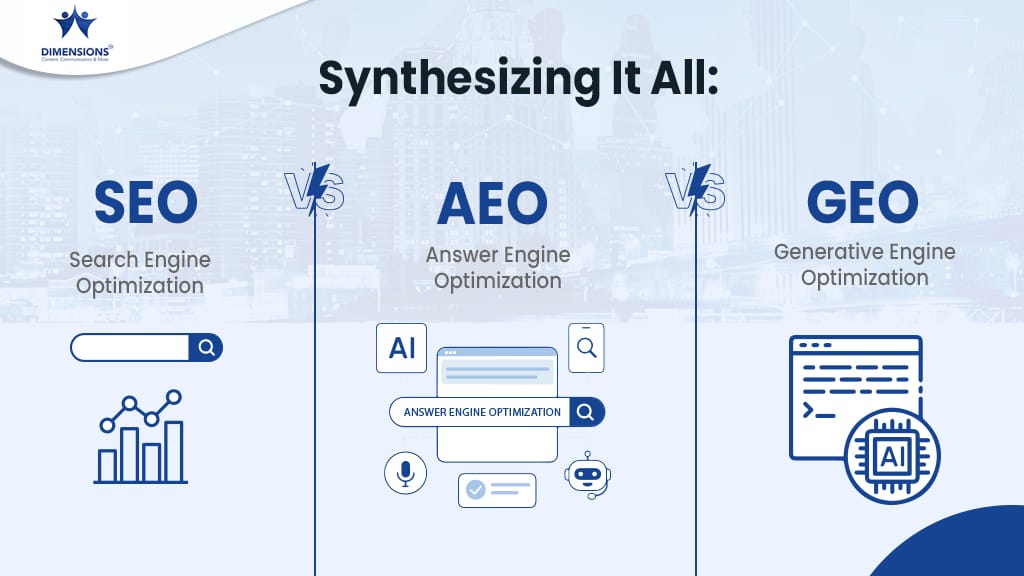
How to Use Content Pillars for Online Strategy in 2023?
Do content pillars still hold value in 2023?
The answer is yes!
Although it may sound like a trendy term (read “authenticity”), content pillars continue to play a crucial role in content creation, particularly when you lack inspiration.
And that’s why we are here to help you re-think your content pillars, or even better get started if you haven’t already.
Let’s begin!
What Do Content Pillars Do For Social Media?
Content pillars refer to three to five core topics that your brand will consistently focus on, promote, and generate content for on social media.
Commonly referred to as content categories or buckets, these topics serve as the fundamental pillars that shape the content you share. By consistently focusing on specific subjects, you can cultivate a thriving community online.
Why are content pillars crucial for social media?
Content pillars simplify content planning.
Instead of hastily creating posts at the last minute, you can leverage your content pillars to methodically construct your content calendar for the upcoming week (or month).
But, remember working with various themes that still hold a common thread and avoid repetitive content creation.
Here are six inspiring examples of content pillars across categories of business:
- Independent Bookstore:
– Book reviews and news
– Behind-the-scenes
– Local coffee shop features
- Fashion Content Creator:
– Minimalist style inspiration
– Body positivity promotion
– Self-love tips
– Budgeting hacks
- Marketing Strategist:
– Entrepreneurship advice
– Social media news and updates
– Work-life balance tips
- Food Brand:
– Product round-ups
– Recipes
– Cooking tips
– Debunking nutrition myths
- Fitness Creator:
– Morning routine tips
– Simple at-home workouts
– Motivational quotes
- Luxury Luggage Brand:
– Luxury hotel guides
– Traveling how-tos
– Packing hacks
– Product tutorials
Identifying and defining your brand's content pillars
Creating content pillars requires thoughtful consideration and narrowing down the options.
Here are five factors to consider when building your content pillar strategy:
- Business Goals and Audience Needs:
– Align your content pillars with your business objectives.
– Determine the type of content your target audience will find valuable.
– Decide whether your focus will be educational, inspirational, entertaining, or a combination.
– Define whether you aim to drive website traffic or enhance brand awareness.
- Keyword Research:
Conduct keyword research to identify popular topics related to your industry or niche.
- Content Analytics and Performance:
Analyze the performance of your existing content to identify successful themes and topics.
- Audience FAQs and Feedback:
Consider frequently asked questions and feedback from your audience to understand their interests and concerns.
- Use any AI-powered Ideas Tool:
Leverage AI-powered tools to generate content ideas and inspiration.
Also, make sure to revisit your content pillars regularly to ensure they remain aligned with your brand’s vision. As your brand evolves, your content may evolve as well.
Conducting keyword research is a valuable step in defining your content pillars for social media. It allows you to stay informed about industry trends and identify content gaps where you can showcase your expertise or unique perspective. Moreover, incorporating relevant keywords in your captions can improve your long-term SEO strategy by increasing discoverability.
Need help finding trending keywords? Here are a few free ways to begin:
- Instagram and TikTok Search:
Enter your niche in the search bar and take note of relevant keywords, popular hashtags, and trending content.
- Google Trends:
Explore what people are searching for on Google. You can refine results by specific categories, countries, or timeframes, such as the past month.
- Pinterest Search:
Utilize the search tool to look up keywords related to your industry. The top-ranking Pins indicate the type of content that resonates with users.
- Answer The Public:
– Gain insights into your audience’s pain points and search queries by using this tool.
Analyzing your content analytics and performance is another effective method to identify high-performing content that resonates with your audience. By examining engagement levels, you can discover patterns and themes that can serve as potential content pillars for your social media strategy.
Also, constantly monitor and compare your posts to gain valuable insights into the content that has consistently generated the highest engagement. This will help visualize and analyze the patterns and trends in your audience’s response to different types of content.
Audience FAQs and feedback can also serve as a valuable source of inspiration. By paying attention to the questions and inquiries your audience frequently asks, you can identify recurring themes and topics of interest.
Engage in active listening on social media platforms to gather insights. Here are few ways to go about:
- FAQs: Take note of the common queries and topics that your audience frequently asks or wants to know more about.
- Audience Interaction: Don’t just post and ignore. Actively engage with your followers by responding to their comments, direct messages, and feedback. Use these interactions as an opportunity to understand their preferences and what they would like to see more of from you.
- Community Input: Create interactive Stories or posts that specifically ask your community for their input and what kind of content they would find helpful or enjoyable.
By incorporating audience feedback and addressing their interests and needs, you can ensure that your content pillars align with what your followers genuinely want from you.
Active listening is a powerful approach to maintain a strong connection with your audience. By attentively listening to their needs, preferences, and feedback, you can gain valuable insights that will guide you in creating engaging posts that resonate with them. Embracing their input helps you to deliver content that truly meets their expectations and encourages meaningful engagement.
Creating, planning, and scheduling your content calendar in 2023 can be done in the following manner:
- Planning: Outline a strategic plan for your content calendar. Determine the frequency of posting, the timing of each post, and the platforms you will utilize. Consider the best times to engage with your target audience and optimize your content accordingly.
- Creation: Once you have identified and defined your content pillars, begin creating content that aligns with each topic or category. Whether it’s short-form videos like Reels, YouTube Shorts, or TikTok, carousel posts, long-form captions on LinkedIn, or Instagram Stories, leverage various formats to share your content pillars on social media.
- Scheduling: Utilize scheduling tools or social media management platforms to streamline your content scheduling process. This allows you to pre-plan and schedule your posts in advance, ensuring consistent and timely content delivery.
- Diversifying : Explore different content formats to keep your audience engaged and cater to their preferences. Experiment with videos, images, infographics, polls, or user-generated content to add variety to your content calendar.
- Consistency and Adaptability: Maintain consistency in your posting schedule to establish a reliable presence on social media. However, remain adaptable and open to adjustments based on audience feedback, trends, or timely events.
By following these steps, you can effectively create, plan, and schedule your content calendar, ensuring that your content pillars are shared across various social media platforms in engaging and diverse ways.
To maintain consistency and maximize effectiveness, it is beneficial to plan and schedule your posts in advance. This approach not only alleviates the pressure of posting on-the-fly but also saves time and streamlines the content creation process.
Tools like Google Sheets and Asana help organize content planning. They outline the topics they will cover, take note of important dates such as upcoming holidays or product launches, and identify evergreen content and potential trends to leverage.
After creating your content, the next step is to schedule it for posting at specified dates and times. To simplify this process, you can use a social media management tool. These tools provide features that allow you to schedule your content in advance, ensuring a consistent and timely posting schedule across your social media platforms.
It all begins with scheduling your content for optimal engagement and convenience in the following manner:
- Create a structured content calendar ensuring a consistent flow of engaging posts.
- Pay attention to relevant events and trends.
- Optimize your social media strategy.
- View all your content in the Media Library and preview upcoming posts for various platforms like Instagram, Facebook, TikTok, LinkedIn, Pinterest, and Twitter.
- Craft captivating captions in advance.
- Gain a comprehensive overview of how your posts will appear before they are published.
Bottom Line
The use of content pillars not only establishes a strong foundation for impactful social media posts but also boosts your confidence in maintaining consistency across all platforms.
If you are a brand that’s just starting out in the digital space, there’s no better time than now to plan your content pillars, plan your calendar, and stay ahead of the competition.
At Dimensions we are all about forward-thinking and making an impact with content. Feel free to touch base.
Let’s get the show started, shall we ?





